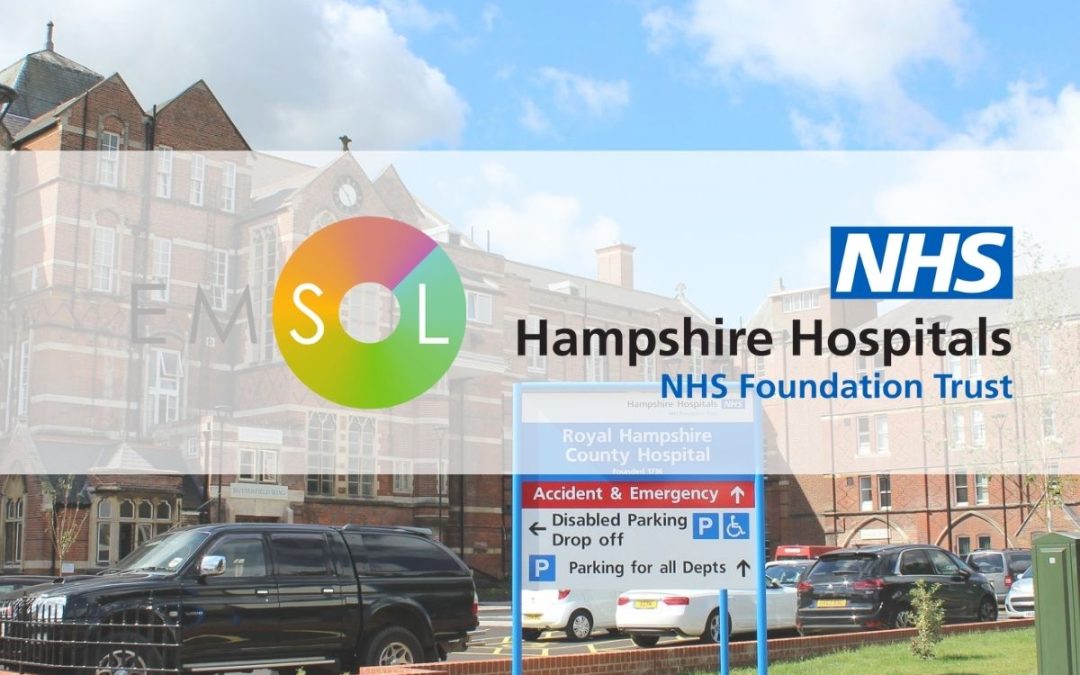Ultra-Low Emission Zones are becoming an increasingly-used weapon in the arsenal of local authorities seeking to tackle poor air quality in their area. We have discussed these, and our preference for a market-first approach.
But we at EMSOL accept that local authorities are using them much more widely than originally anticipated. So much so that communities are even requesting that their community is included within them. Here in London, it is much more immediate. The Ultra Low Emission Zone for Central London will come into force on 1st April 2019, and Transport for London are providing support for small companies to make the change.
This is part of a growing trend that we are seeing not just across the UK, but across many parts of the world. In Germany, there have been lengthy court battles for city authorities to have the right to ban more polluting diesel cars from their streets. Paris has delivered a range of initiatives to reduce air pollution on their streets such as banning certain vehicles on the most polluting days, and prioritising cycling and walking in the city centre.
There is a slow market behaviour change, and an increasingly rapid regulatory behaviour change now that ultra low emission vehicles are becoming a commercial proposition, and that demands for cleaner air are growing. To a company like EMSOL, that specialises in monitoring the air pollution impacts of vehicles, surely this increase in adoption of ultra low emission regulations presents a challenge?
On the face of it, it does. In a future where low emission vehicles are the norm and ‘safe’ emission levels are consistently achieved, what is the need for a product like EMSOL? This is certainly a risk, but does not reflect how the market is currently operating.
You must also consider the market take-up of low emission vehicles. The UK strategy has been to encourage the take-up of low emission vehicles. This has resulted in 492,000 alternative fuelled vehicles being registered by 2018. This is still a small percentage of the total vehicle fleet (1.7% of the total registered in 2017), but it is a fast-growing number. In terms of where they are being bought, Central London, Peterborough, and Slough are the most popular according to Government statistics. It is far from widespread, despite incentives.
Also, bearing in mind the lifecycle of many vehicles, we anticipate that we are still likely to have polluting vehicles in our cities for a while yet (unfortunately). But it is always good to be prepared for the future, and at EMSOL we have been thinking about just that. We will have more on this next week.





